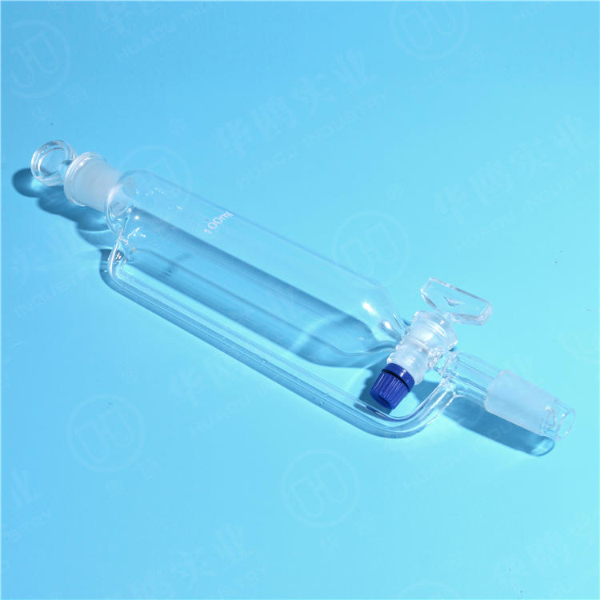Laboratory equipment manufacturers talk about the classification of chemical reagents
There are many varieties of chemical reagents, and their classification methods have not yet been unified internationally.
Different standards are also different
1. The first level of chemical reagents is divided into four categories: standard reagents, biochemical reagents, electronic reagents, and experimental reagents.
Standard reagent BZ: In accordance with international norms and technical requirements, it is clearly used as a reference material for analysis and arbitration.
Biochemical reagent SH: preparation of biochemical testing and biochemical synthesis.
Electronic reagent DZ: generally refers to chemicals and materials used in the electronic information industry, mainly including chemicals for integrated circuits and discrete devices, chemicals for printed circuit boards, chemicals for surface assembly, and chemicals for display devices.
Experimental reagent SY: "synthetic reagent" determined according to the "main content". The experimental reagent is used in the chemical laboratory to synthesize, separate and purify the common reagent that can meet the requirements of the synthesis process.
2 Classification by "Use - Chemical Composition"
The chemical reagent management catalogue compiled by my country in 1981 divided more than 8,500 reagents into ten categories, and each category was further divided into several subcategories.
• Inorganic analyticl reagents
Inorganic chemicals used for chemical analysis, such as metals, non-metals, oxides, alkalis, acids, salts and other reagents.
• Organic analyticl reagents
Organic chemicals for chemical analysis, such as hydrocarbons, aldehydes, ketones, ethers and their derivatives and other reagents.
• Specific reagents (Specific reagents)
Some organic reagents specially used for the determination, separation and enrichment of elements in inorganic analysis, such as precipitating agents, color developing agents, chelating agents, etc. These reagents have high sensitivity and strong selectivity.
• Primary standards
Mainly used to calibrate the concentration of standard solutions. The characteristics of such reagents are high purity, few impurities, good stability and constant chemical composition.
• Standard substance
Chemical standards used for chemical analysis, comparison in instrumental analysis, or chemicals used to calibrate instruments.
• Indicators and test papers
Used to indicate the end point of titration in titration analysis, or to test reagents for the presence of certain gases or solutions. The strip of paper soaked in the indicator or reagent solution is the test paper.
• Instrumental analytical reagents
Reagents for instrumental analysis.
• R Biochemical reagents
Reagents for life science research.
• High purity material
It is used as some special industrial materials (such as electronic industry raw materials, single crystal, optical fiber) and some trace analysis reagents. Its purity is generally above 4 9" (99.9%), and the impurities are controlled at one millionth or even ppb level.
• Liquid crystal
Liquid crystal is the abbreviation of liquid crystal, which not only has the characteristics of liquid such as fluidity and surface tension, but also has the characteristics of solid crystal such as optical anisotropy and birefringence.


Contact number:0515-88701486
Huaou Avenue, Longgang Industrial Park, Yancheng City
